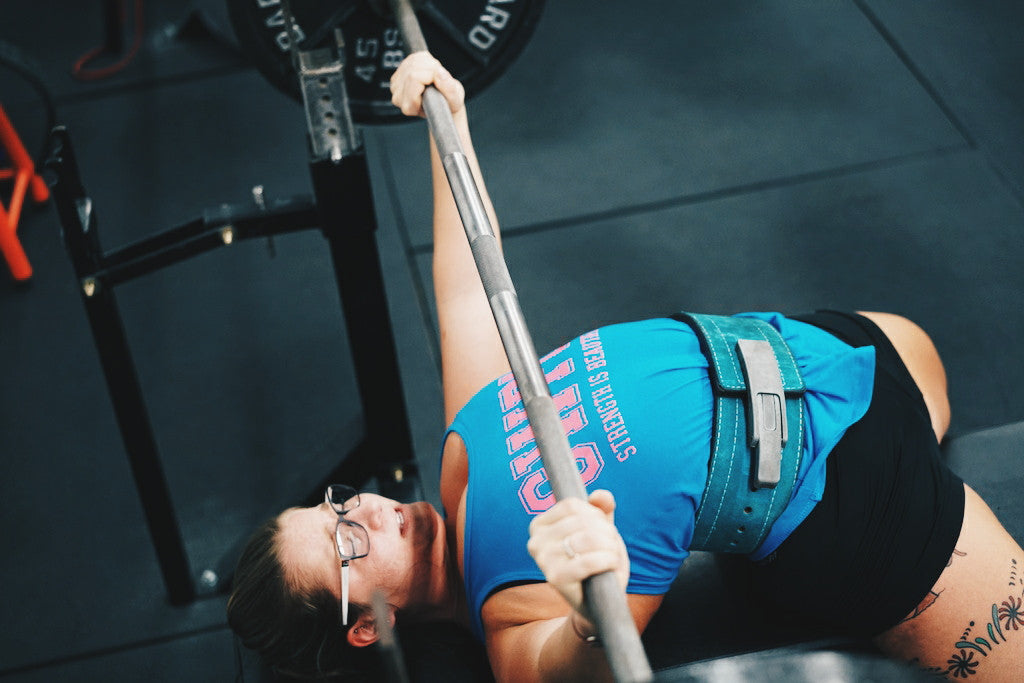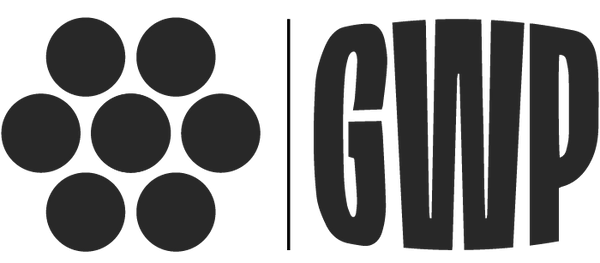
In the following article I'll be covering training volume, Minimum Effective Dose (MED), Max Recoverable Volume (MRV) and how they all tie in together to create an optimal, effective training plan. Why should you care, though? Well, training volume is arguably the single biggest factor when training for Powerlifting, sports or just general fitness. If your goal is to become a better Powerlifter and athlete, then you might want to read this.
Definition (Volume): Volume can be described as the "total tonnage in a training session, week, month, year, etc". It is calculated by sets x reps x weight lifted. So, if you did 225 for 5 sets of 5 reps on the Squat, you will have done 5,625 pounds of training volume.
Volume is the biggest driving factor for strength and Hypertrophy adaptations. Over time you must do more work in order to get more results (a 600 pound Squatter would need to do more than 5,000 pounds of training volume one day per week to increase their Squat, or even simply maintain it). As per the Principle of Overload, the body must be continually pushed and receive 'new' stimulus in order to force the desired adaptations. Constantly doing the same weight for the same amount of sets and reps is a good way to plateau, or even regress.
"Smart Training is Hard Training: The Principle of Overload" by Chad Wesley Smith of Juggernaut Training Systems
There's much talk in the Strength and Conditioning community about Minimum Effective Dose (MED) vs. Max Recoverable Volume (MRV). Essentially, the argument is that if you can do less work and still progress without the higher risk of injury, why not use the Minimum Effective Dose (MED)? Less time in the gym, less overall training volume, less taxing on the body. Sounds perfect, right?
On the flip side, those in favour of Max Recovery Volume (MRV), such as Dr. Mike Israetel of Renaissance Periodization, state that if you're an elite athlete you need to consistently push yourself to your MRV in order to have the highest amount of gains possible in a given time frame. One of my favourite quotes by Dr. Mike Israetel regarding MRV is, "You'll either die, or you'll get better." Although that's a very intense way of looking at MRV, it does make sense in a competitive aspect. The idea of consistently training at or above your MRV is geared more towards Olympic Athletes who only have 4 short years to prepare for the games, or for high level college athletes who want to play at the next level and make millions of dollars. But, in my opinion Max Recoverable Volume (MRV) is the best way to force the biggest adaptations, even though it raises the chance of injury in lesser trained individuals. Yet, I also firmly believe more experienced people (more than a year of training) should train at their MRV quite often, just not intensely or as consistently as an elite level athlete would. So who's right?
If you were to design the 'perfect' program for an athlete who is considered novice-intermediate in their chosen sport but wants to move to the next level, you'd use a combination of Minimum Effective Dose (MED), as well as Max Recoverable Volume (MRV). Here's how you'd do it:
A typical training block runs from 4-8 weeks (depending upon the lifter, phase, etc), so you'd organize the block into weeks, and you'd designate each week with MED or MRV. Week 1 is typically the first week after a deload, so this is considered a preparatory phase. You would train at the Minimum Effective Dose (MED) and "ease" back into training. As the weeks go by the total volume will increase, as well as the MED vs. MRV scale. As you creep closer and closer to your MRV you'll start to reach what is considered an "overreached state". An overreached state is caused by the accumulation of training volume, fatigue and stress over a given block. But don't worry, in this case fatigue is your friend. In order to stimulate a desired adaptation your body must go through a "Planned Overreach", which is essentially a week where your training volume exceeds your MRV and there's no way you'd be able to recover adequately and perform at a high level the following week. A Planned Overreach typically occurs the week before a Deload. This allows your body to reach its highest level of stress, followed by a period of lowered stress, which allows for the adaptations and recovery to occur. Think of it as slowly reaching the "peak of fatigue and training stress", then dropping off for a Deload, then repeating.
Although this is a very rough analogy, I believe it fits. As a true beginner lifter you can do almost anything and get results. The idea of "beginner gains" comes from your body not being adapted to the stimulus of resistance training, and although it's different for some, you can see huge gains in your first 6 months of training if you do everything correctly; but in most cases this isn't the case. The reason I use the "beginner gains" analogy is because that is when the highest level of adaptation occurs and you will most likely never experience it again in your training career. Your body reacts to a new stimulus by signalling an adaptive response; your body doesn't want to die, so it fights the best way it knows how... By getting stronger. Although it's not as intense, pushing your Max Recoverable Volume (MRV) acts in the same type of way. By giving your body a new, intense stimulus it forces it to adapt over time and come back stronger once super compensation occurs during a Deload/Reduction of Training Stress.
If you're interested in learning more about Volume, MED and MRV, I've linked a podcast below with some of the best minds in the industry discussing the differences and how it all fits together. Excellent video, I've watched it a few times now, definitely worth the time.
"The Volume Roundtable feat. Mike Israetel, Layne Norton, Eric Helms & Greg Nuckols"
If you have any questions or comments feel free to leave them below or on the Facebook Page. I'd be happy to answer any questions you have regarding Training Volume, MED, MRV or even simply training in general.
If you haven't already, follow Nova Strength Training Systems on Instagram and on Facebook to receive more content, articles and training information!

